DARKTIME or (preferably) use the F25QTZ filter, which has nearly the same throughput but rejects geocoronal Lyman- and OI 1302 Å air glow.
and OI 1302 Å air glow.



The 25MAMA mode with the NUV-MAMA provides high-throughput broad-band near-UV imaging with excellent pixel sampling and very high throughput at ~2500 Å. The field of view is 25x25 arcsec.
Available (but not recommended, see below) for broad-band near-UV imaging.
NUV-MAMA clear images will be somewhat out of focus because the mirror optimally focuses for use of a filter. Whenever possible, use F25SRF2 or F25QTZ instead of 25MAMA for NUV-MAMA imaging.
For long exposures of faint targets, sky background is likely to be a limiting factor. Observers should consider the use of DARKTIME or (preferably) use the F25QTZ filter, which has nearly the same throughput but rejects geocoronal Lyman- and OI 1302 Å air glow.
and OI 1302 Å air glow.
Users should also consider whether the ACS HRC with the F220W or the F250W filter might be a better choice for their science goals.
| Pivot  (Å) (Å) |
FWHM (Å) |
AB mag zeropoint |
Speak |
B  |
R80 (arcsec) |
Flux in central pixel |
|---|---|---|---|---|---|---|
| 2249.8 |
1201.9 |
24.085 |
1.76e+14 |
11605 |
0.32 |
8% |
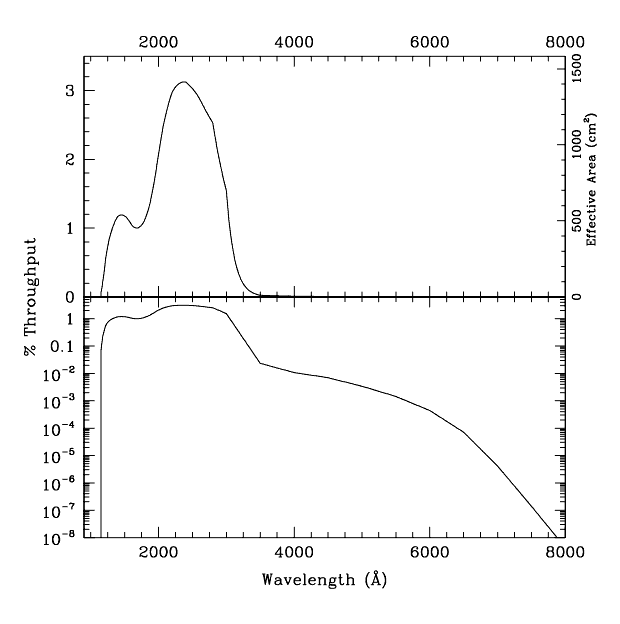
 for the 25MAMA NUV-MAMA mode. Top curves are for DARKTIME. Bottom curves are for average sky. Top curves are for DARKTIME. Bottom curves are for average sky. Curves are labeled by required exposure time (sec).
for the 25MAMA NUV-MAMA mode. Top curves are for DARKTIME. Bottom curves are for average sky. Top curves are for DARKTIME. Bottom curves are for average sky. Curves are labeled by required exposure time (sec).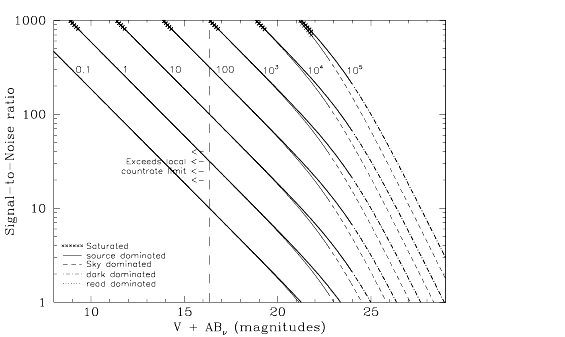
 for the 25MAMA NUV-MAMA mode. Top curves are for an area of 0.2 arcsec2; bottom curves are for 1 arcsec2. Average sky assumed. Curves are labeled by required exposure time (sec).
for the 25MAMA NUV-MAMA mode. Top curves are for an area of 0.2 arcsec2; bottom curves are for 1 arcsec2. Average sky assumed. Curves are labeled by required exposure time (sec).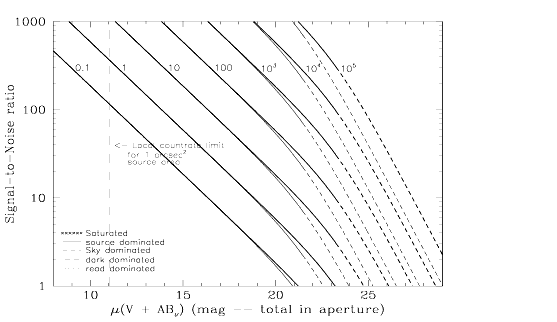
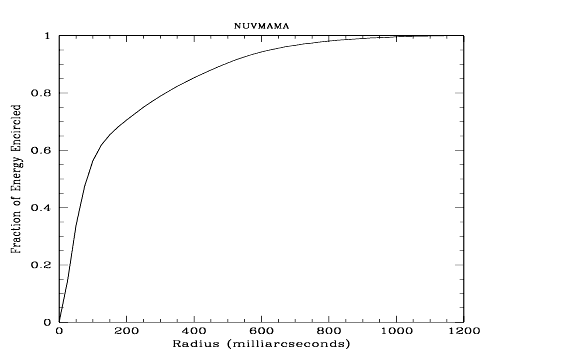
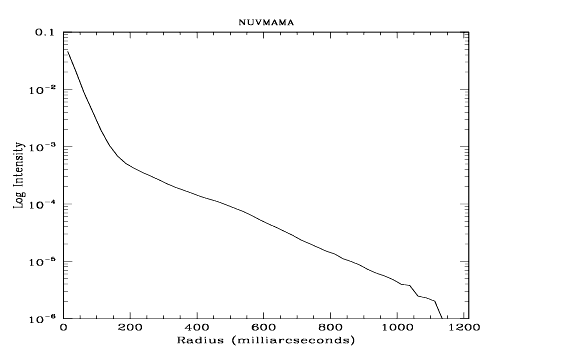


|
Space Telescope Science Institute http://www.stsci.edu Voice: (410) 338-1082 help@stsci.edu |